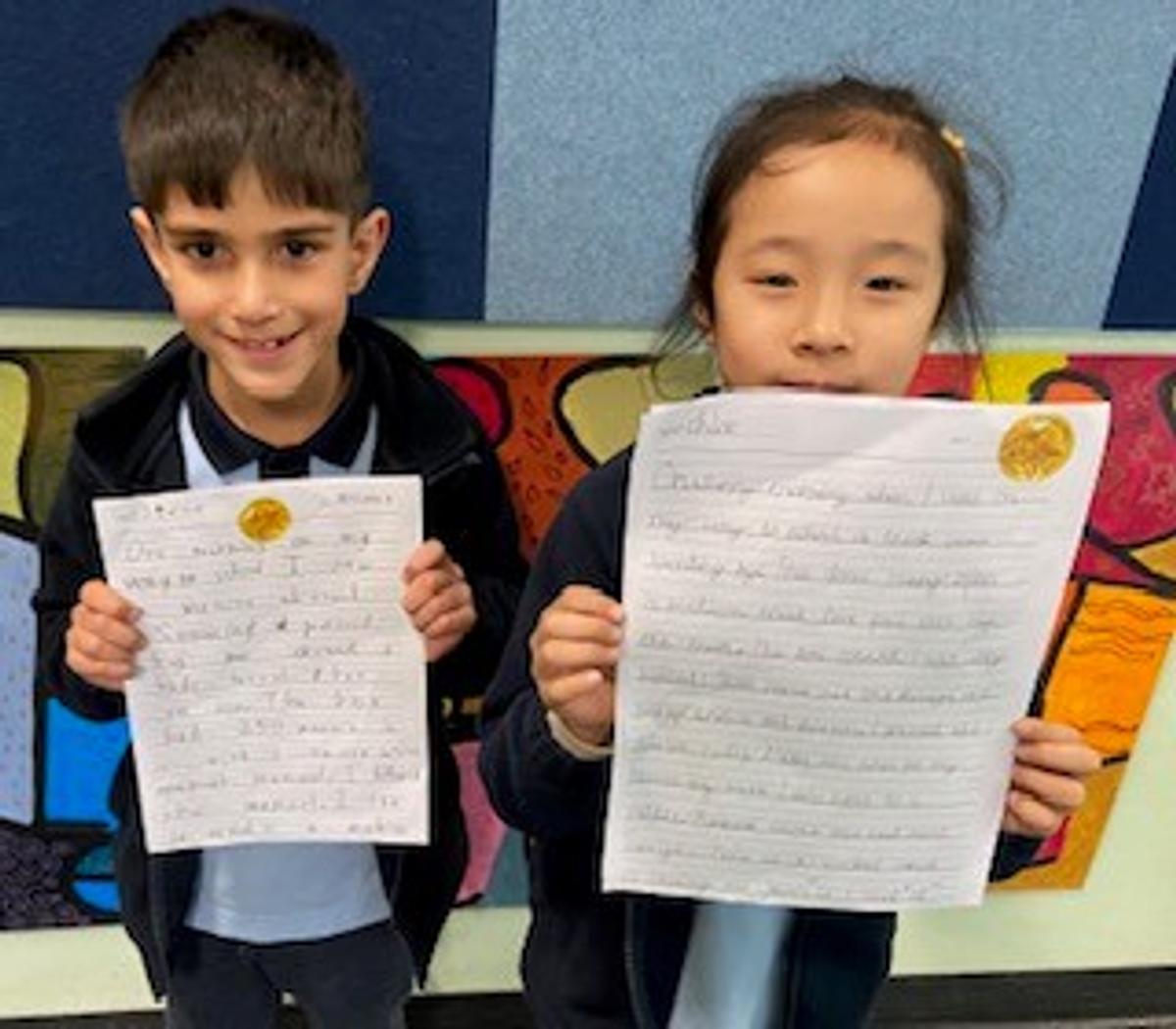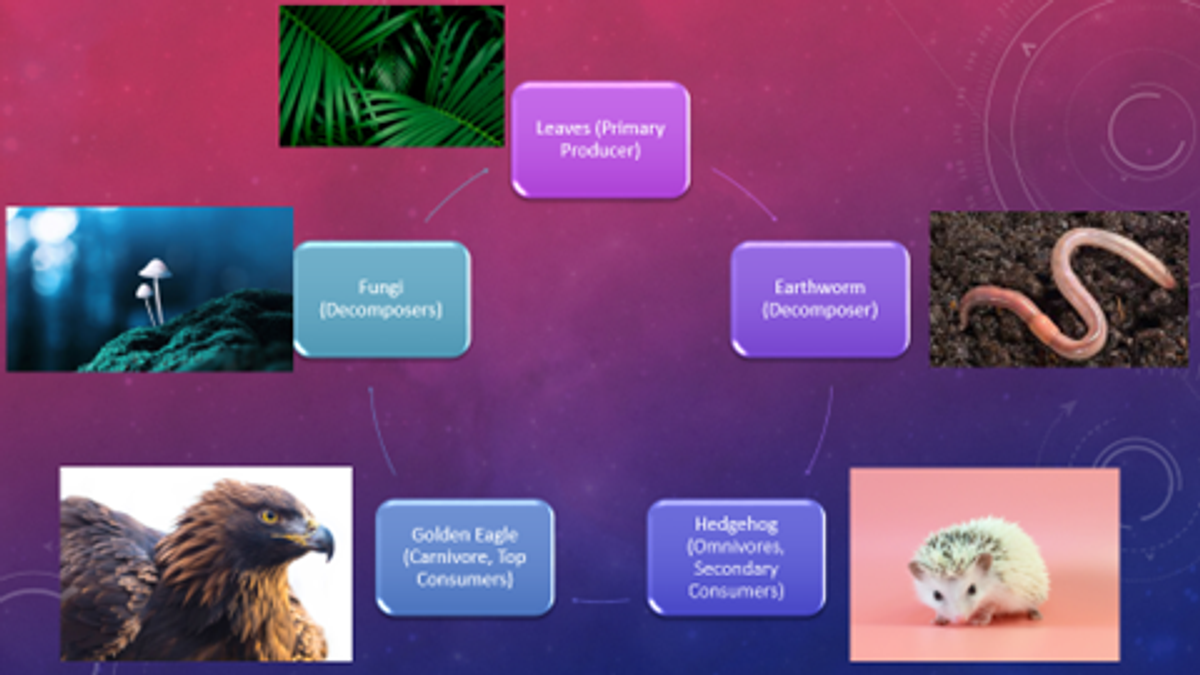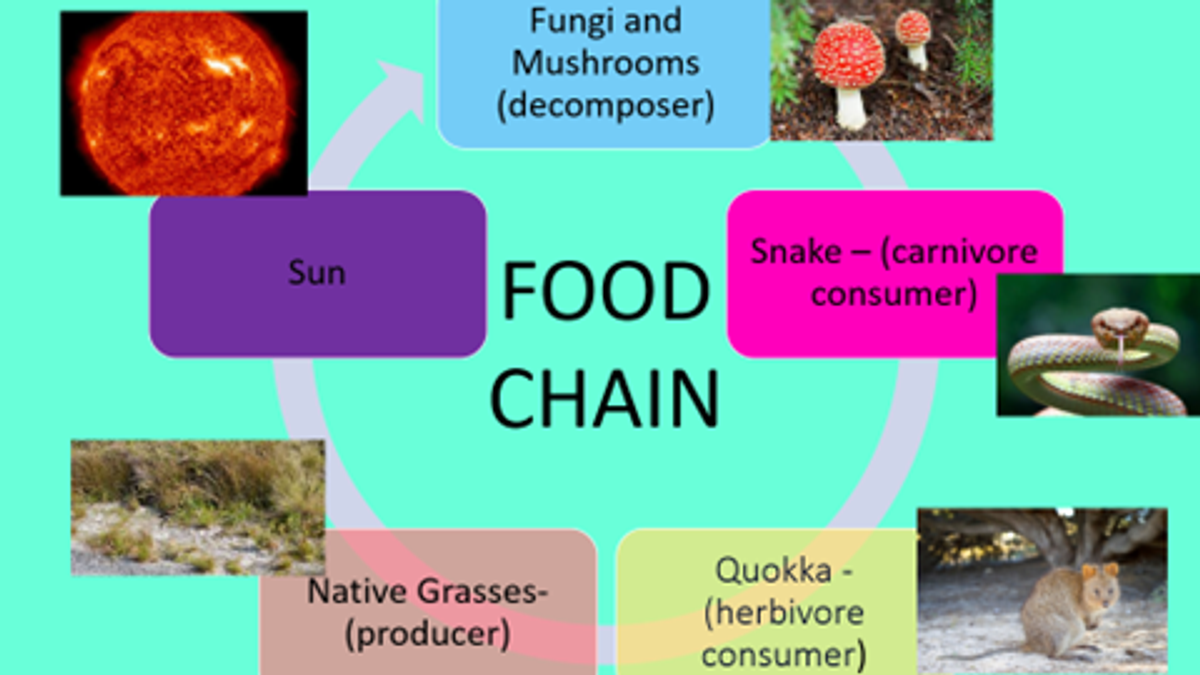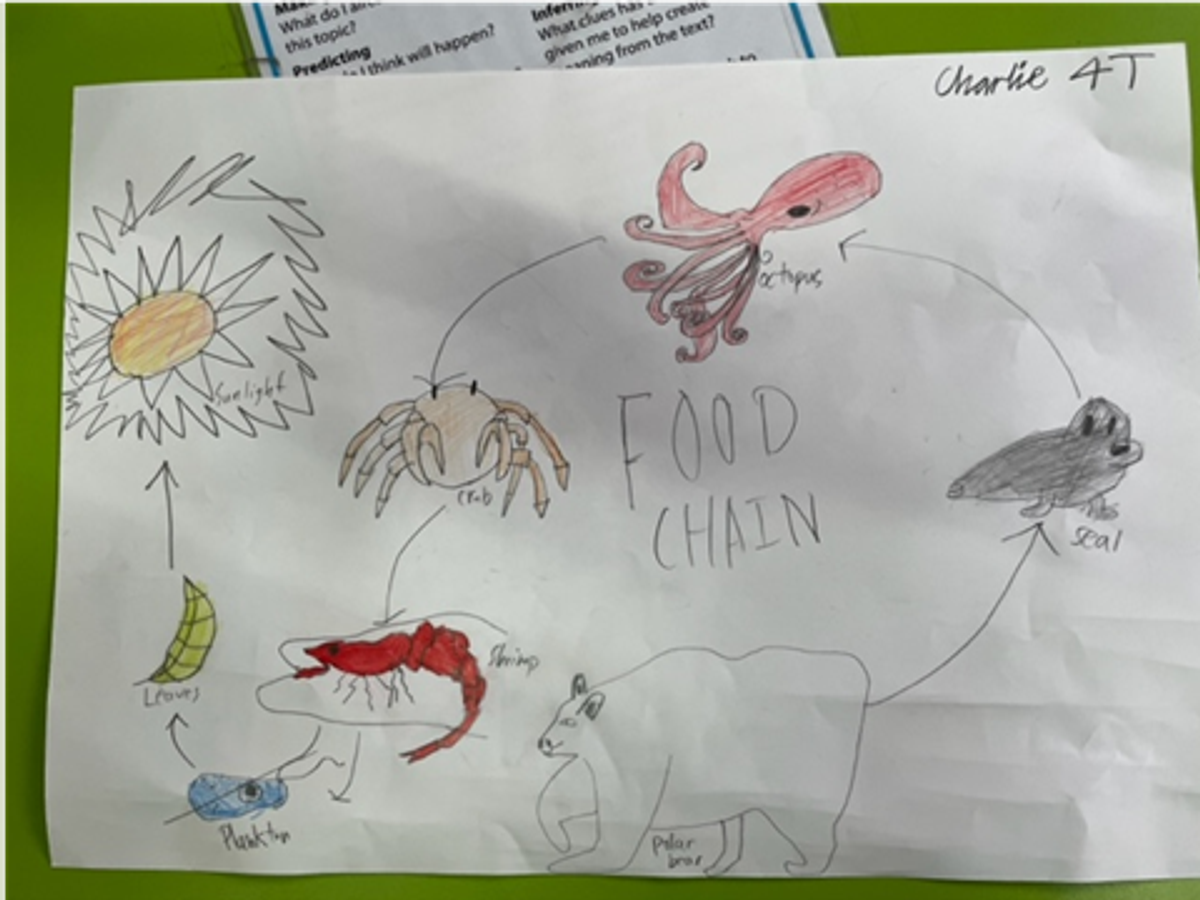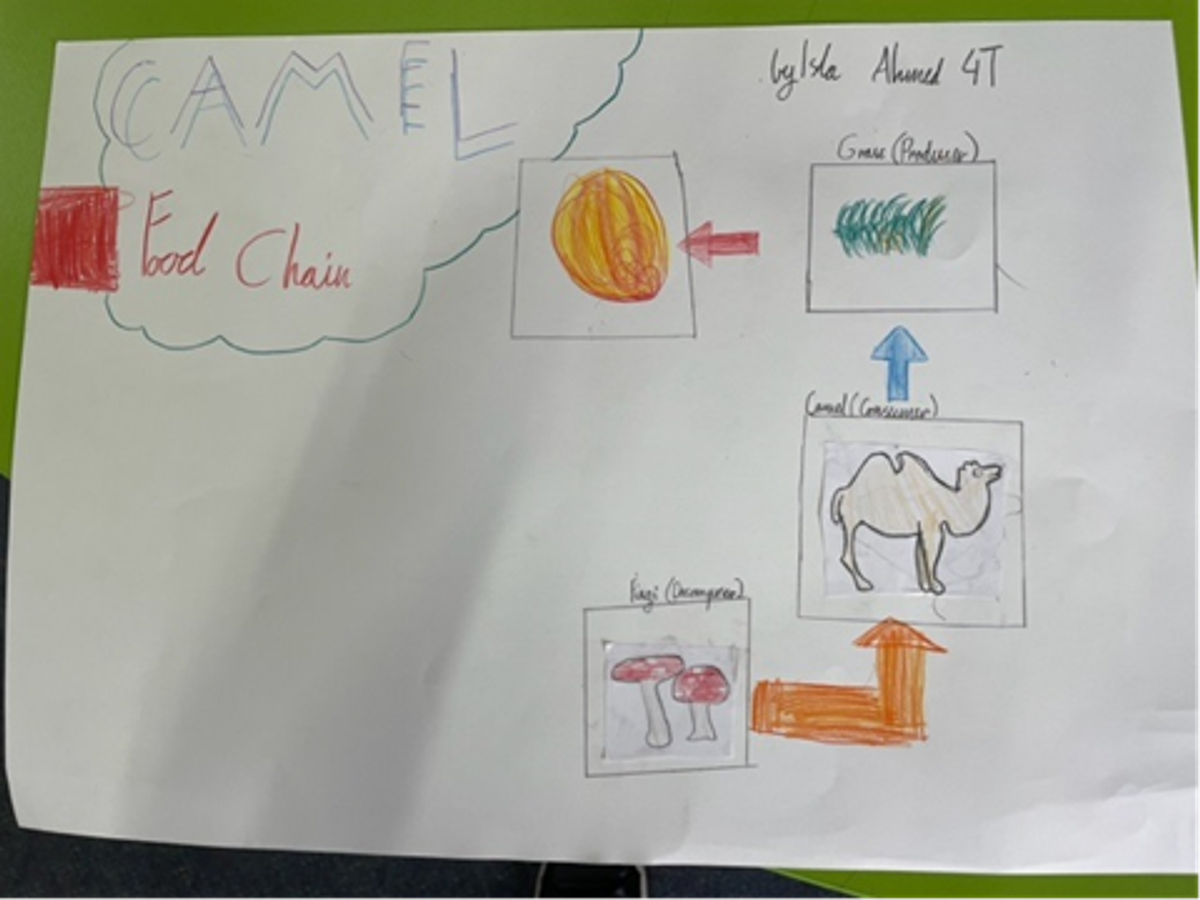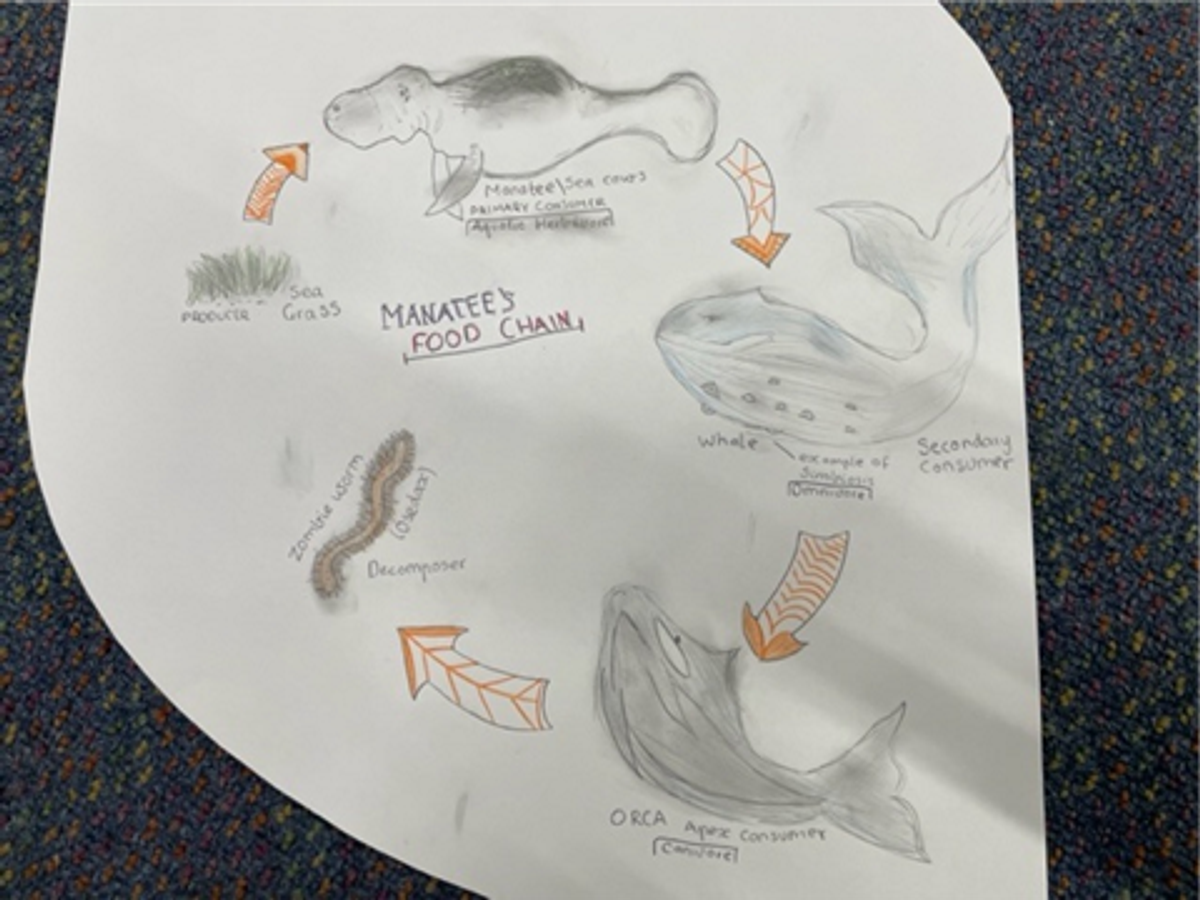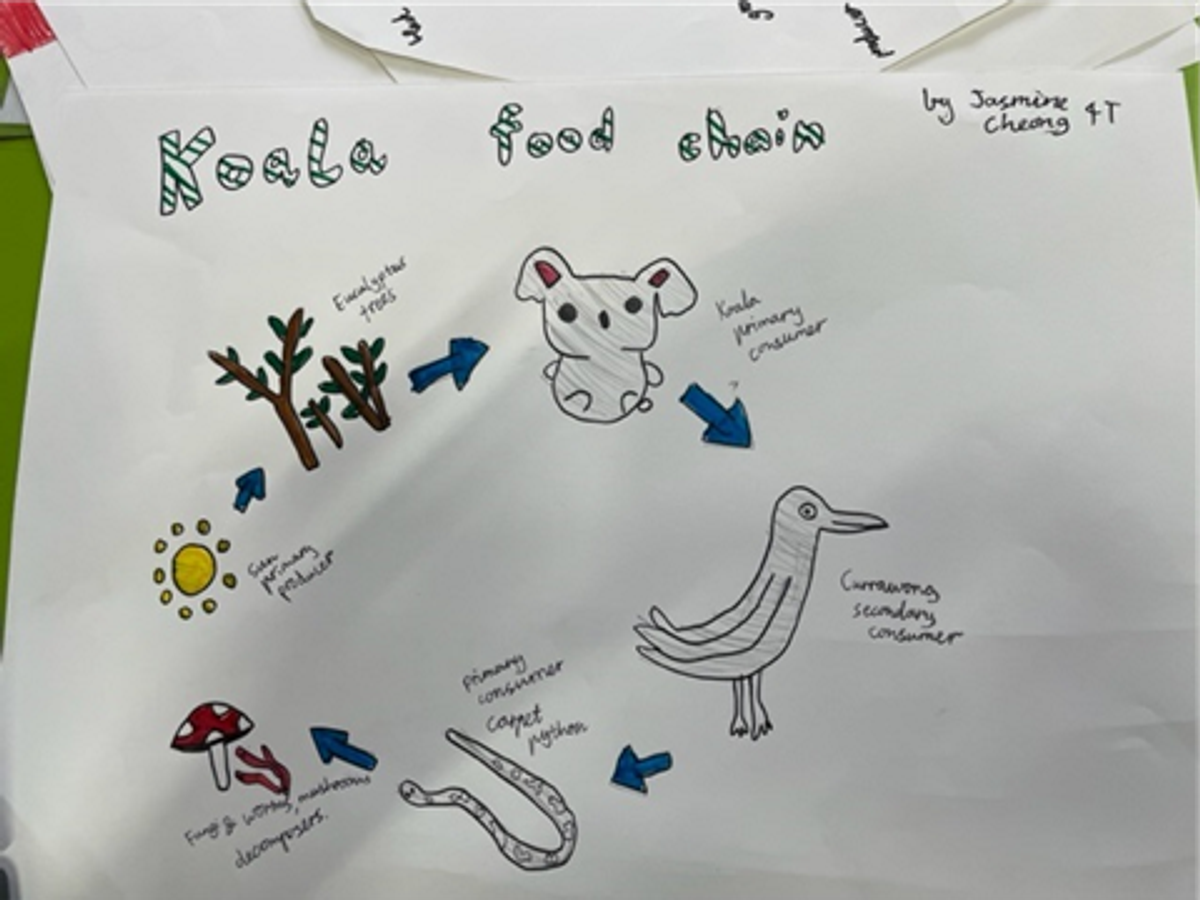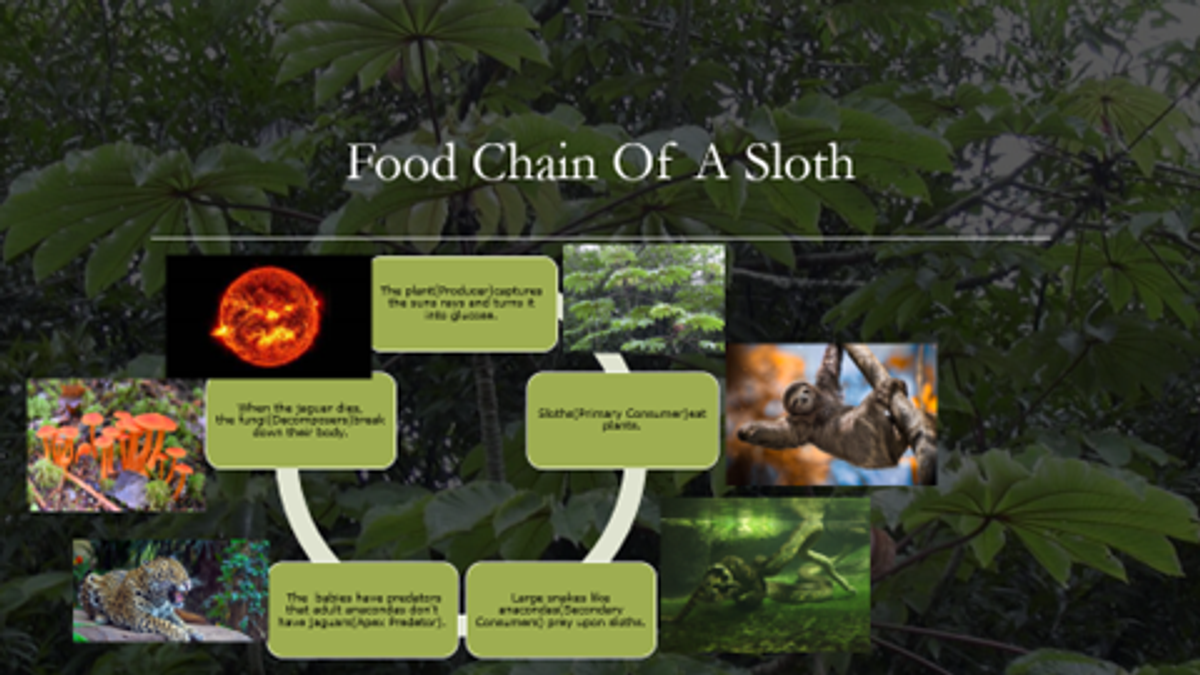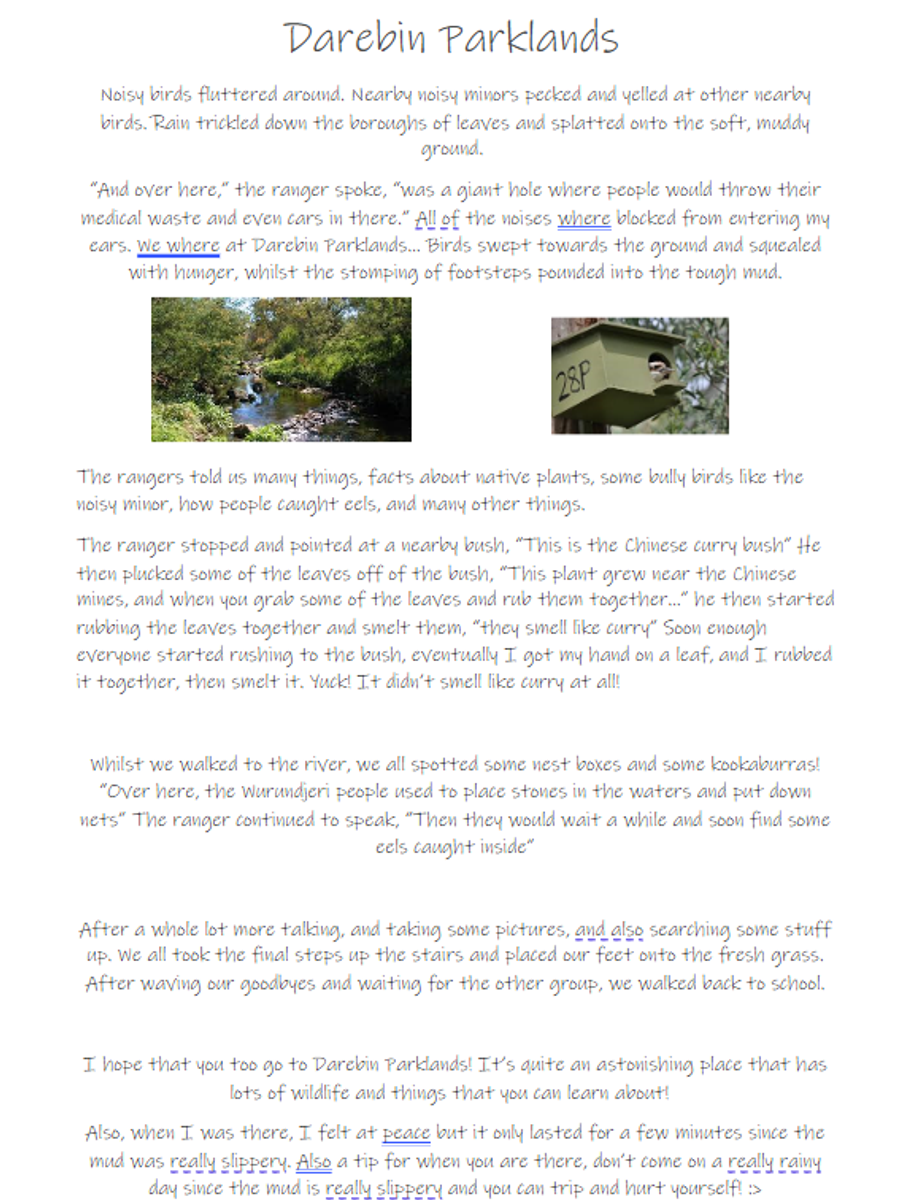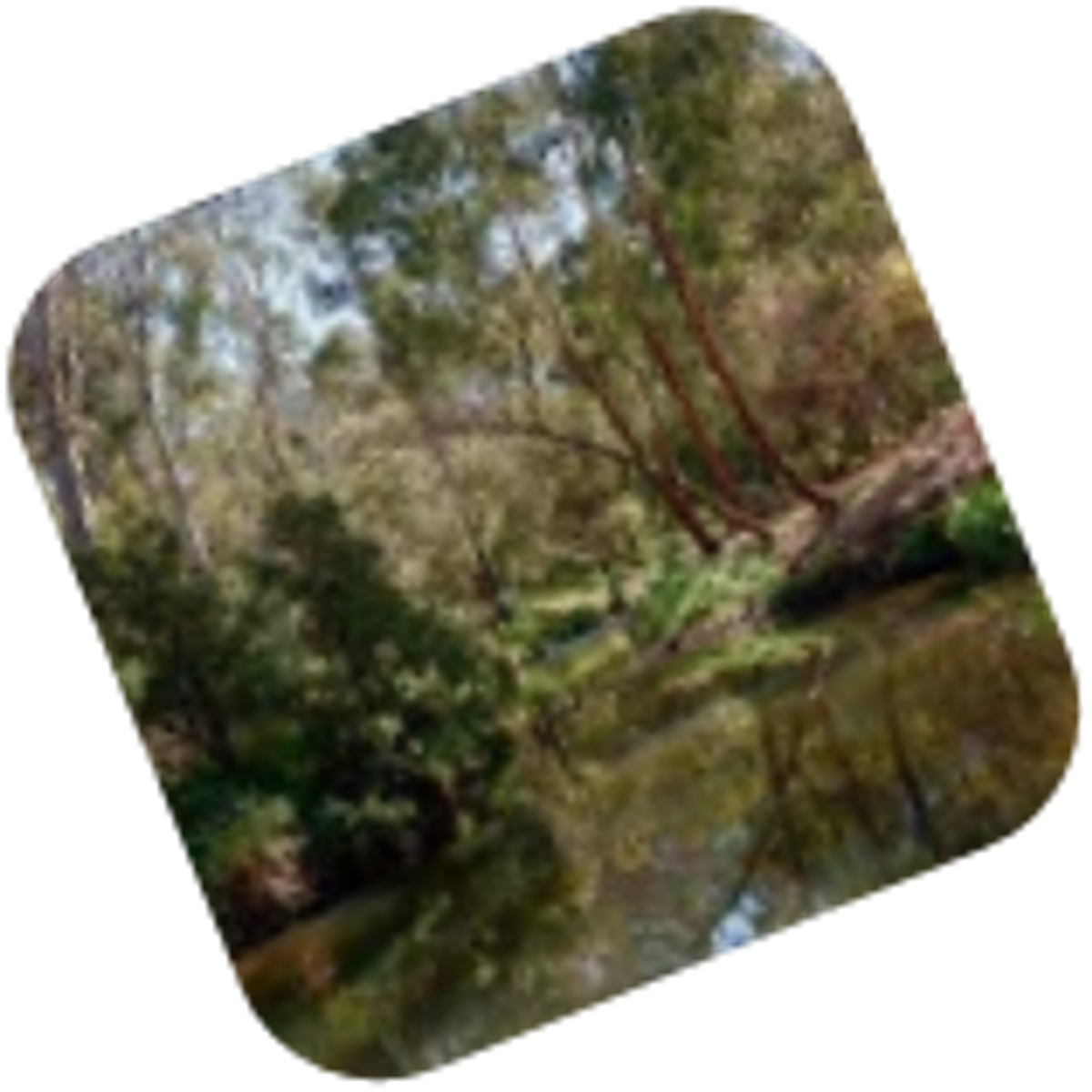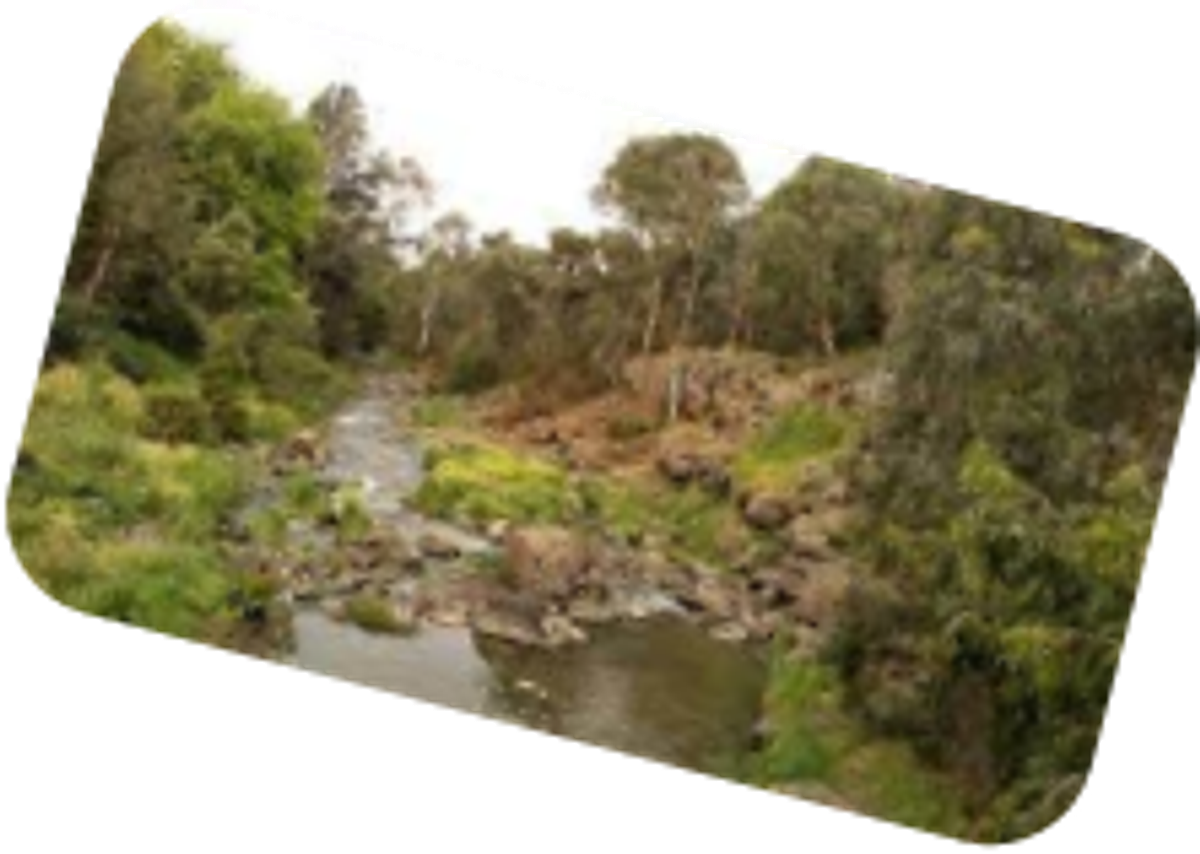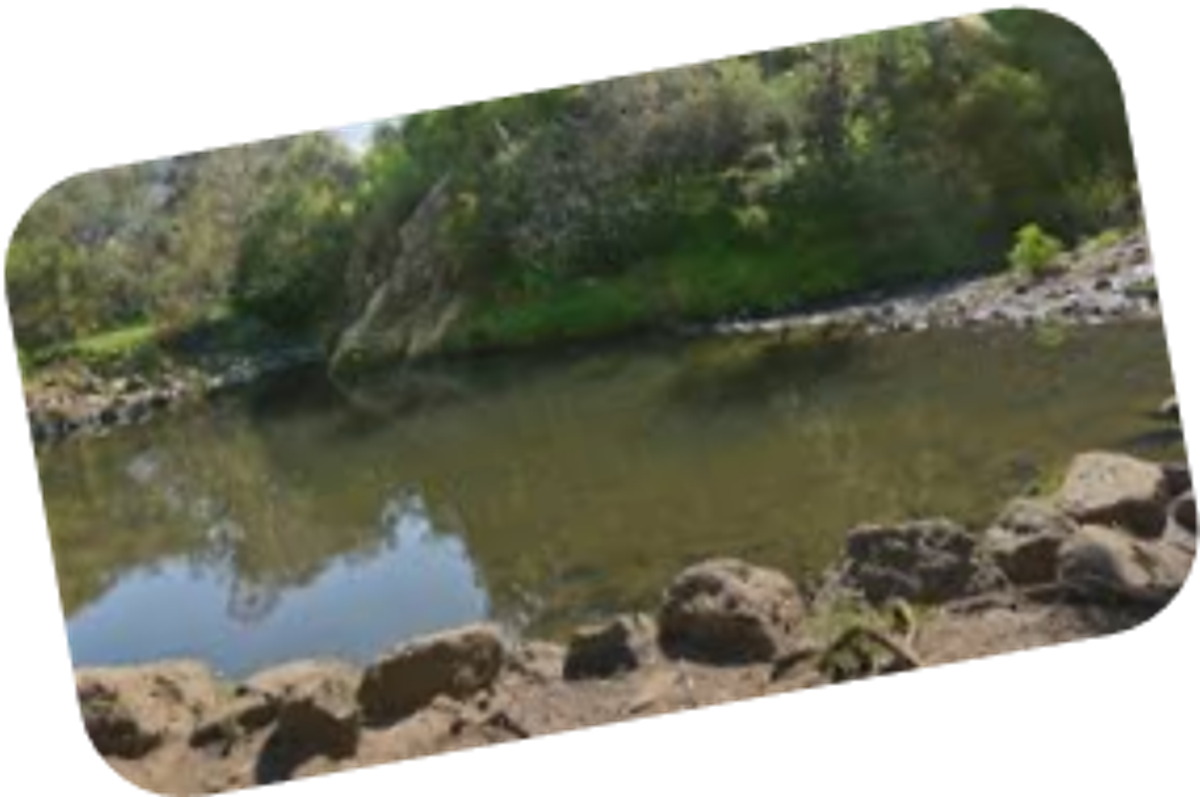Student Voice
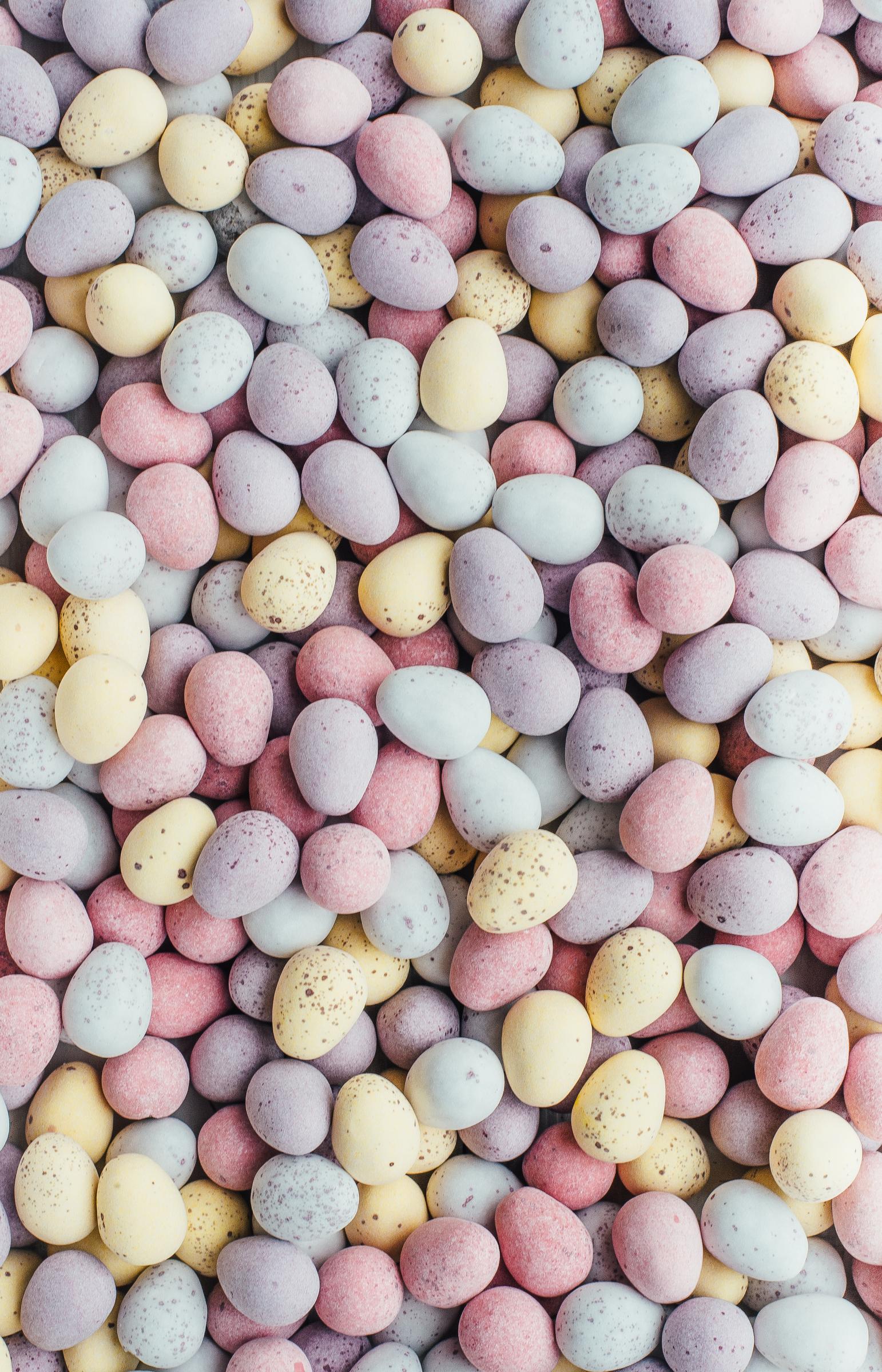
Sivan and Chloe from 2N shared their fantastic descriptive writing this week.
Keep up the great work!
Year 4 Students have been learning about Food Chains.
Over recent weeks, Year 4 students have been studying the life cycle of mammals and the ecosystems they inhabit.
In this task, students researched where their mammal sits in the food chain. We learnt about producers, consumers and decomposers, as well as apex predators and the flow of energy from the sun, through the transference of light energy to chemical energy in plants.
Please enjoy learning from the fabulous examples, below from Daniel, Maddie, Simon, Charlie, Isla, Grace, Ella, Jasmine and Ross.
Students from 6HB wrote recounts about a local excusion to Darebin Parklands
Darebin Parklands – Recount
On Tuesday the 9th of May the grade 6’s got split into two groups and walked down to Darebin Parklands to learn all about the native animals, plants and the history of it.
We first went down to a small lake where we saw many ducks swimming around and small bubbles caused by something called methane in the water, and also heard a water pump below the deck that we were standing on.
Then after that we walked around and saw a tree that had thin leaves that almost looked like little twigs hanging from the tree. It was called a Sheoak tree.
For example, in the late 60’s there was a big hole in the ground and they decided to make it a rubbish tip. Over the span of 12 years it had filled up and they started getting complaints about the smell, so they covered it with around 1 foot of clay/dirt.
Our guide Peter also told us about a plant that aboriginals used to make things such as headbands, nets, baskets and jewellery. We also found out that when you take a leaf out of the root of the plant you can bite the end which is white. The aboriginals drank the liquid out of it when they were thirsty.
Alexa
Miranda
Darebin Parklands
Last Tuesday we went on a walk to Darebin Parklands. It was lightly raining down and it came and went every now and then. When we got there, there was two tour guides waiting to split us up into 2 groups and then after that we were off to start our adventure.
Our tour guide Peter started to show us all these different plants and trees and h0w old they were. The largest pond there was around 30 meters long. The pond that we saw had once captured 200 long neck turtles in one night around 6 weeks ago. They tagged and tested the turtles to see if they were healthy and they were. Once they were finished they set them back free into the wild.
We started walking down a muddy trail down to see the dog park and down to the creek. It was very muddy and slippery and there was a few falls and slips. There was a plant that the indigenous used to eat and we started eating it and I was surprised how bitter and sour it was. Our tour guide Peter said that if we ate it a lot like the Indigenous we would have gotten used to it like they did and because we have shops and sweets now it was really bitter because of that.
Max
Darebin parklands
On the 9th of may we went to the Darebin parklands. We walked for about 10 mins. When we got there, we went undercover and that is where we met Dani and Peter. All of us got split up with either one of the workers. For me I got sent with Peter. When with peter I learnt that the Darebin parklands, was once a tip sight, in 1979 but they had to cover it up because people that lived near there complained about the smell. We also saw native plants. The native plants were useful because they could not out children if eaten, a leaf on the plant could take out the oxygen in the water and knock out all the fish and they would then eat them. After he told us that we walked around and saw some very cool stuff. I found out that there is a micro bat that is the size of our thumb. After we went past the microbat we learnt about the indigenous history. I learnt that the indigenous people would feel safe with letting their children run around a certain type of plant because the grass would not be able to grow under it, since the leaves would always fall. I really enjoyed this excursion because I got to learn about the natural habitat and how the indigenous would live from plants. - Tom B
DAREBIN PARKLANDS – RECOUNT
On Tuesday the 9th of May 72 excited grade sixes got the chance to travel too Darebin Parklands where 2 very nice guides took them on an adventure telling them facts along the way from indigenous people and plants to current wildlife living in the park.
When we first got there the weather was not ideal with clouds covering the sun and water drizzling on our heads, but we quickly got on our way talking about the history of Darebin Parkland. First my tour guide, Peter, told us about how the park used to be a huge tip until the locals complained and got it to change. After a while of the tip being covered up a local took her chance to become the first ranger which included her planting many trees and overall keeping the park alive and healthy.
Once Peter had finished this information dump, he took us for a walk down to one of the big lakes where my class all had fun watching the ducks and hearing about the wildlife and lake.
Later we kept walking through the park occasionally getting facts about the nature and animals. One of the facts we heard was about a tree that’s leaves were extremely thin which meant not much grass grew underneath it, this led to Peter telling us about how the aboriginals felt safe leaving their children under the trees because there was no grass so they could see snakes easily.
Eventually the long walk had ended meaning everyone was exhausted but excited to write about all the new information we had learned, on the walk back to IPS we all had fun talking and chatting about the long excursion.
Overall, I really enjoyed this experience and hope everyone else did too and now every time I go to the parkland I will be able to tell my family and friends fun facts.
BY CLARE 6HB

